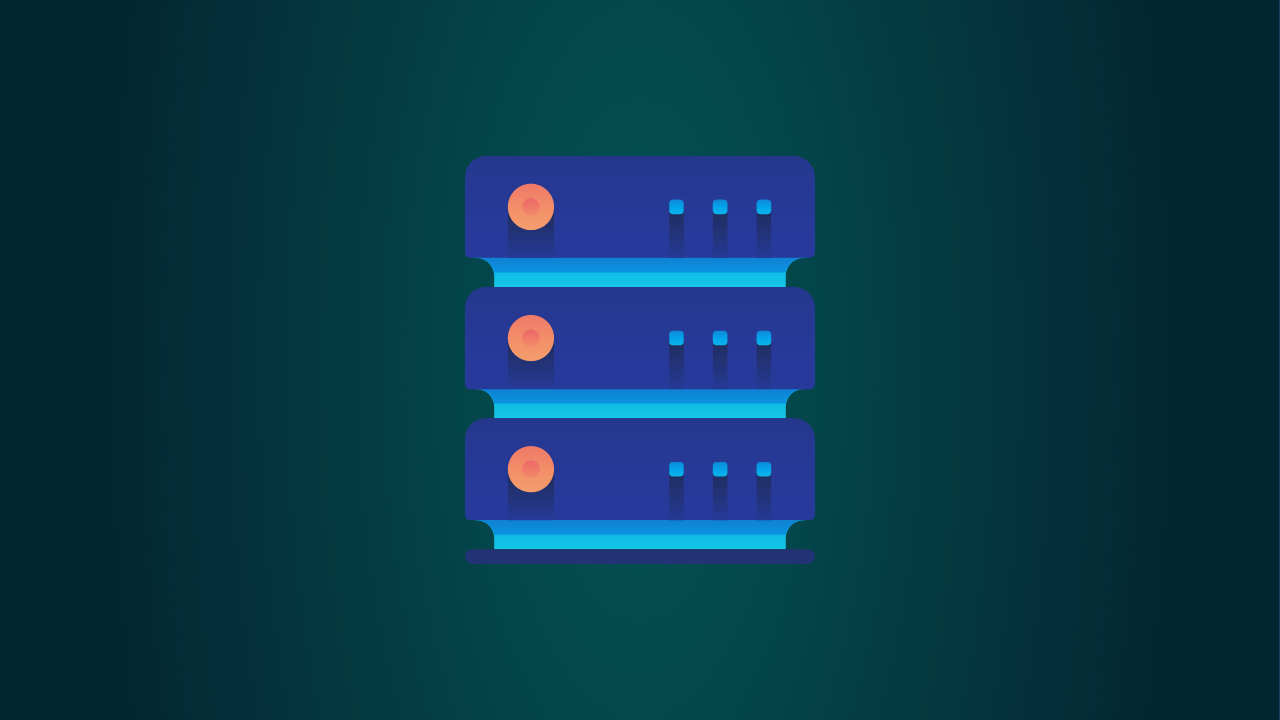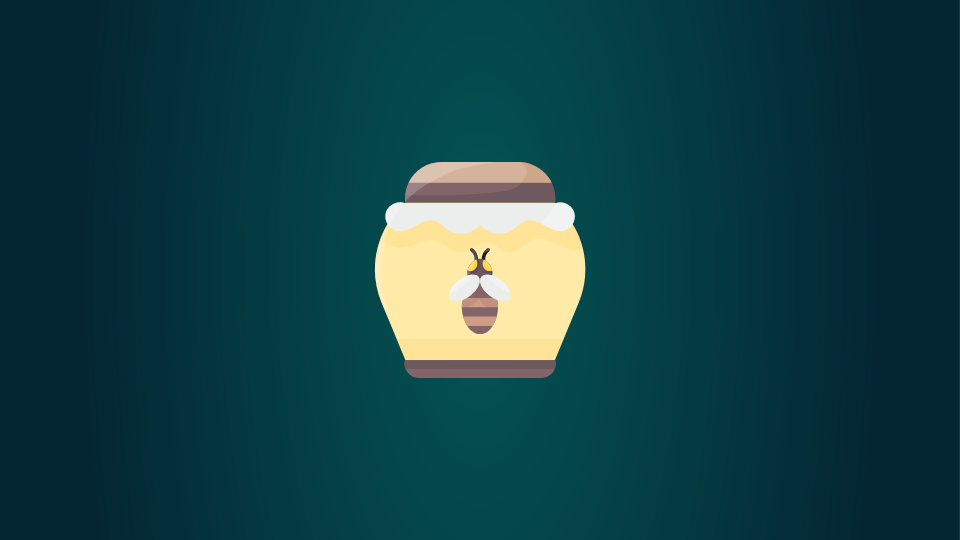
Web crawling is an automated way to extract data from websites, and is widely used in search engines, market analysis, academic research, and other fields. However, many websites have set up anti-crawler mechanisms to prevent abuse and limit too frequent requests. These mechanisms include IP blocking, access frequency restrictions, CAPTCHA verification, etc. If not dealt with, crawlers can easily be blocked or even blacklisted by websites. Therefore, understanding and mastering some circumvention techniques can help you better perform data crawling.
In this article, we will discuss 15 techniques to help you successfully crawl websites without being blocked or blacklisted.
1. Follow robots.txt files
Robots.txt is a standard protocol used by websites to tell search engines and crawlers which pages they can crawl. Although following this file is not a complete guarantee that crawlers will not be blocked, it is an important part of network etiquette. By following robots.txt, you can prevent crawlers from crawling content that the website does not want to be public and reduce the probability of triggering defense mechanisms.
2. Slow down crawling speed
Crawling speed is an important factor. If the crawler sends a large number of requests in a short period of time, the website may mark this behavior as abnormal. The solution is to increase the time interval between requests so that the crawling speed looks more like the access pattern of ordinary users. Setting an appropriate delay (e.g. 1-3 seconds) can significantly reduce the risk of being blocked.

3. Use a proxy server
Websites usually identify user behavior based on the IP address of the request. If the same IP sends too many requests, it is likely to be blocked. To avoid sending all your requests from the same IP address, you can use Luna Proxy's data center or dynamic residential IP proxy. Luna Proxy has more than 200 million IPs worldwide, covering 195+ countries and regions around the world, which can meet your large number of IP address rotation requests.
4. Set a reasonable `User-Agent`
`User-Agent` is a string used to identify the visitor client in the HTTP request. The website can use this field to identify whether you are a normal user or a crawler. Most crawlers have a default `User-Agent`, which is easy to detect and block.
By changing `User-Agent` to a common browser alias, such as Chrome or Firefox, you can effectively disguise yourself as a normal user and bypass detection.
5. Randomize request headers
In addition to User-Agent, HTTP requests also contain a lot of other header information, such as Referer, Accept-Language, etc.
By randomizing these header fields regularly, the crawler's requests will look more like requests from real users, thus avoiding being marked as automated behavior. You can generate a random request header for each request to further disperse the characteristics of the crawler
6. Comply with rate limits
Some websites use rate limiting to control the maximum number of requests per IP. If this limit is exceeded, the IP will be temporarily or permanently blocked. Therefore, properly planning the request rate and setting an appropriate waiting time when encountering a 429 error code (Too Many Requests) are the key to avoiding being blocked.
7. Distributed crawling
Using multiple servers or multiple IP addresses for distributed crawling can effectively disperse the crawler's requests and reduce the load on each IP. The distributed crawler architecture not only improves efficiency, but also avoids being blocked due to a single IP being too active. With the help of cloud services or proxy networks, you can easily build a distributed crawling system.
8. Simulate user behavior
Websites usually monitor user behavior patterns, such as clicks, scrolling, mouse movements, etc. If the crawler only sends requests without generating any user behavior, it may be considered abnormal. By using browser automation tools such as Puppeteer or Selenium, you can simulate behaviors closer to real users, such as clicking links, scrolling pages, etc., to deceive the detection mechanism.
9. Use headless browsers to crawl dynamic content
Modern websites use JavaScript extensively to render dynamic content, and conventional crawlers usually cannot crawl these contents directly.
To solve this problem, you can use a headless browser such as Puppeteer to simulate real browser behavior and wait for JavaScript to be fully rendered before extracting data. In this way, the crawler can crawl dynamically generated content instead of being limited to HTML pages.
10. Bypass CAPTCHA verification
CAPTCHA is a technology to prevent automated access, usually used to distinguish between humans and machines. If the crawler frequently encounters CAPTCHA challenges, using tools that automatically identify CAPTCHA is a viable solution. These tools can solve CAPTCHA through OCR or manually, so that the crawler is not interrupted.
11. Use Referrers to simulate normal access paths
Websites sometimes determine the source of the request based on the Referrer field in the request. If a request does not provide a reasonable source URL, it may be considered abnormal behavior. To avoid being blocked, you can add a reasonable Referrer field to each request to simulate normal user behavior of clicking from other pages to the target page.
12. Handle error codes and retry mechanisms
During the crawling process, it is common to encounter errors such as 403 (forbidden) or 404 (not found). If you try to access the error page continuously, it may attract the attention of the website. The crawler continues the crawling work by retrying or changing the proxy when encountering an error. Avoiding multiple consecutive visits to the same error page is also the key to reducing being blocked.
13. Use Google Cache to Crawl Data
When it is difficult to crawl a website directly, using Google's cache is an effective alternative. Google search engine caches a large number of web pages, and you can get the data you want by accessing these cached pages. Although the cached content may not be the latest, it is still a reliable data source for many static contents. You can get a snapshot of the web page by clicking the "cache" option in the Google search results.
14. Crawl in time periods
Crawling in different time periods can disperse the crawler's access load and avoid issuing a large number of requests in a short period of time.
Try to choose a period of low traffic to the website (such as late at night or early morning) to crawl, which can not only reduce the occupation of server resources, but also reduce the possibility of being noticed. Long-term stable crawling behavior is more likely to obtain data without being blocked.

15. Avoid honeypot traps
Many websites set up "honeypot traps", which are hidden links or content designed to trap crawlers. These links will not be seen by ordinary users, but crawlers usually crawl them.
If the crawler tries to crawl these contents, it will enter an infinite request loop, and the website will immediately mark its behavior as abnormal, resulting in the IP being banned.
Conclusion
By setting the request header parameters correctly, paying attention to the crawling speed, avoiding honeypot traps, and using reliable proxies, you can safely and effectively collect public data to obtain valuable information to improve your business. You can try our universal web crawler feature for free and apply the above tips. If you have any questions, please feel free to contact us at [email protected] or online chat.








































